Protodike
Dikes in general draw a coastline as set by the boundary between water and land; on one side of the line drawn, you have water; on the other side, you have land. This at once expresses and reinforces an attitude about the way that humans use and occupy littoral terrain, which privileges certain programs —while excluding the possibility of other programs — such as an economy based on the biological productivity of the fluctuating gradient of water/s or social daily life activities that can occur on/around the water.
In Streefkerk as well, the boundary created by the dike is predominant and eliminates potential mutuality. Therefore, the proposal focuses on the reciprocal programmatic, economic, ecologic, socio-cultural relationships between land and water by asking ‘how an infrastructure to block, can be developed to connect’, and aims to utilize the resultant conversation central to organizing a prototype-PROTODIKE- infrastructure of an alternate urbanism and land use which can be adapted and implemented in varying locations for dike reinforcements.
To re-open the possibilities that a more complex understanding of the relationship between land and water would permit, the Protodike is established on two deceptively single moves to have effect on generating new patterns of land use, new economies, new socialities and ultimately new urbanization based on a contradictory relationship to connect while blocking:
1. GROYNES:
To challenge the strict separation of land and water in favor of scenarios that can investigate how the connection of both can drive alternative spatial organizations, the project suggests the implementation of groynes to offer land-use on the water. This hydraulic structure, which interrupts water flow and limits the movement of sediment, already exists at many locations on River Lek and carries a great potential to create productive and social landscapes on and around the water. In addition to providing more reinforcement for the dike, groynes trigger an explosion of biodiversity and productivity by generating sedimentation in the inner bend, and also offer more space for water related public activities and water transportation.
Through considering the groyne not only as an infrastructural piece, but also as an architectural element, the project proposes use on the groynes with a multi-leveled, permeable groin structure. While the differing surface levels of the groynes encourage varying uses as the water level changes, the permeable stone structure enables an underwater interior serving as a semi-enclosed pool for aquacultural farming. Moreover, since the groynes increase high velocity areas at the ends, the Protodike groynes offer tidal energy production and reestablish another performative connection to the land.
2. STRIPS:
On the other hand, to decrease the ‘boundary’ effect of the dike and encourage programs on/around the water, the Protodike develops a pattern of strips for land-use. Rather than running parallel to the dike, these strips are formed through the dike, creating and triggering plots of encounters between water and land to conceive dynamic coexistence of diverse activities. The programmatic plots on each side of the dike functions through a strategy of binary/reciprocal development -from land to water, water to land- in which a program injection occurs on one side encourages the appearance of a related program on the other side. This flexible envelope suggests a process that promise to adapt to various locations and programmatic areas along the river and to this extend, the dike serves as the infrastructural spine connecting the programs.
Through a series of strategic and tactical interventions, the implementation of the Protodike into various locations with differing features and programs would generate endless possibilities of new ways of living with water. Having one of the currently reinforced dikes and a mixture of programs in its surroundings, the dike in Streefkerk carries a great potential to experiment and force the potentials of the known dike infrastructure as a means of investigating new spatial circumstances for future uses.
The project has receieved the 2nd award in Europan 13 Netherlands - Adaptable City 2 International Architecture Competition in 2016.


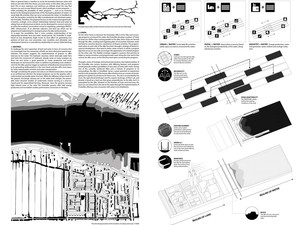
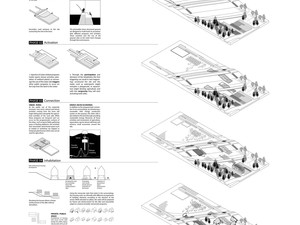
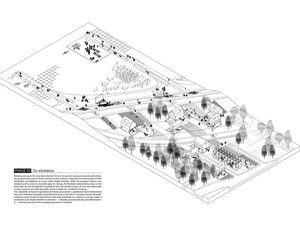
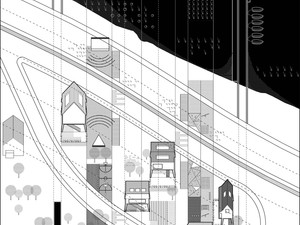
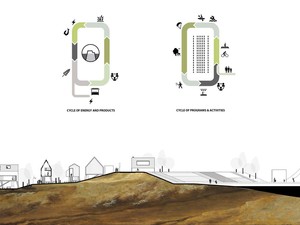
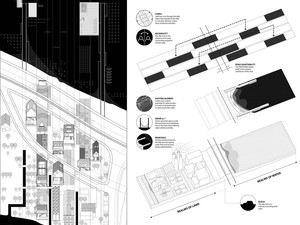

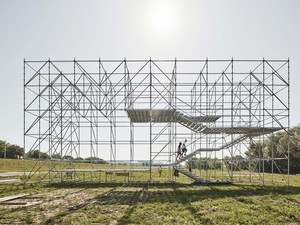
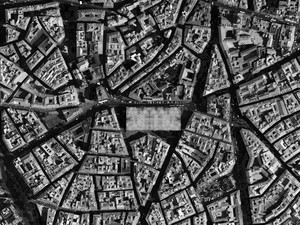
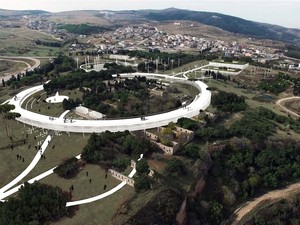

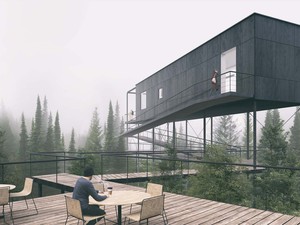
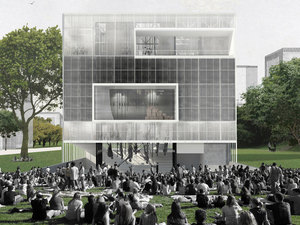

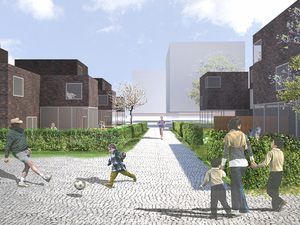


.jpg.jpeg)





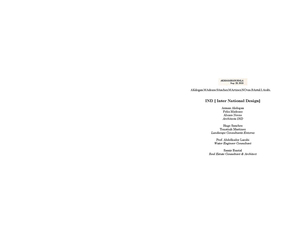

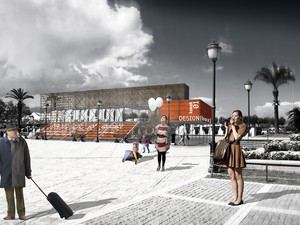
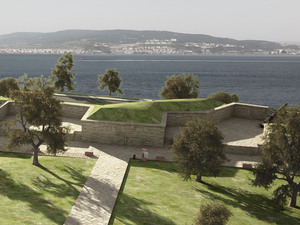

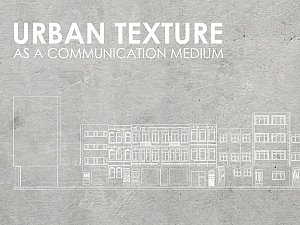
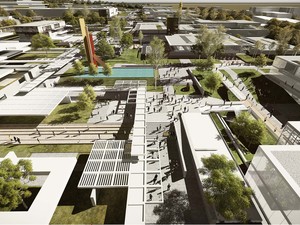
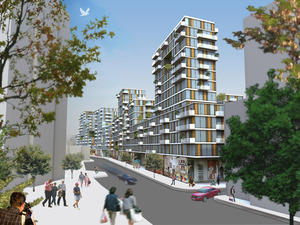


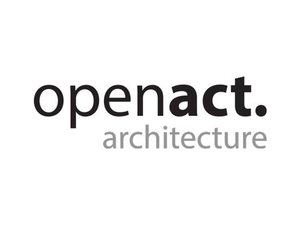

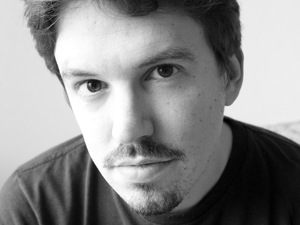

Tweet